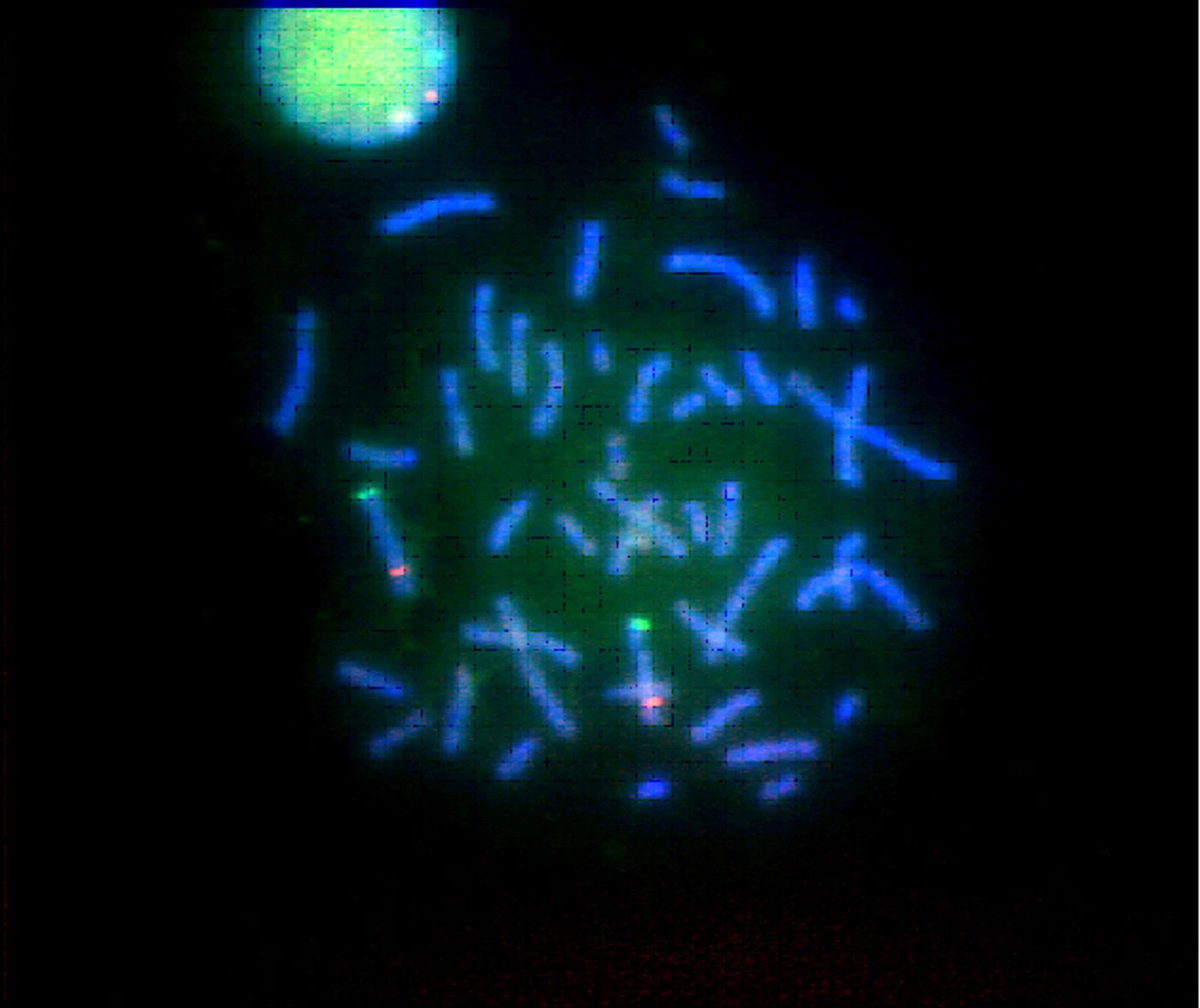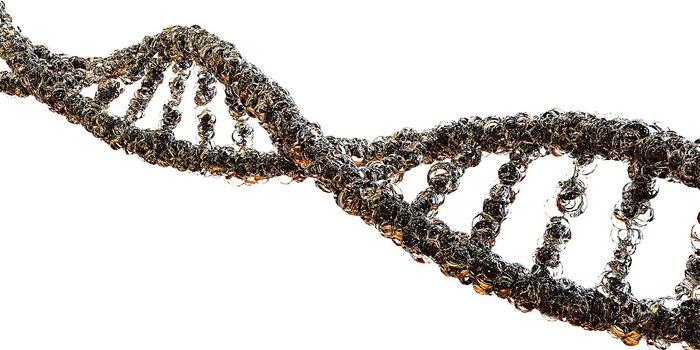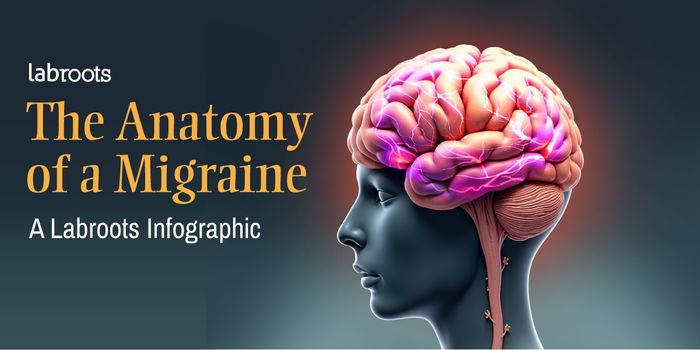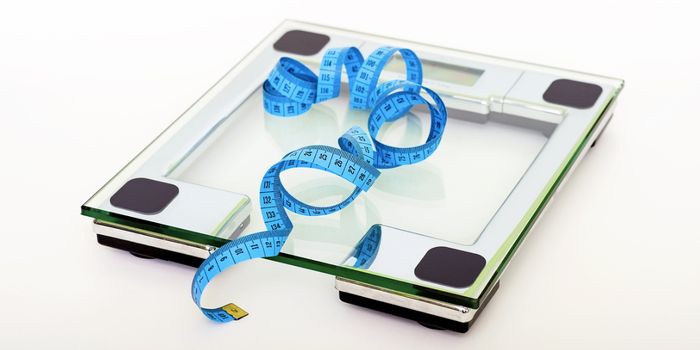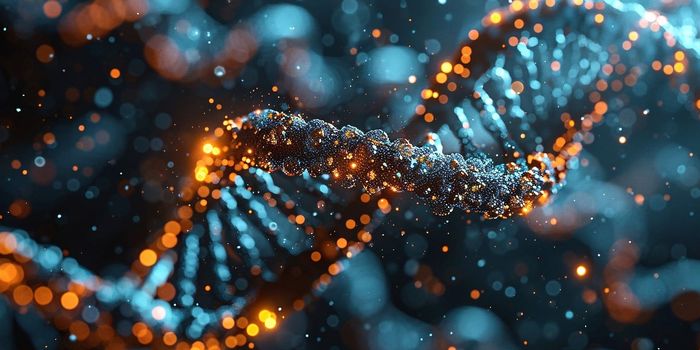We've long known that errors in the human genome can lead to serious diseases. Researchers knew it might be possible one day to make edits to the genomic sequence to repair those genetic mutations and cure the disease they cause. The CRISPR/Cas9 was developed in an effort to create a reliable gene-editing tool and researchers have been able to use it to make small, targeted changes in the genome. It’s been applied in many ways to different organisms, and has become an indispensable tool in the laboratory for modeling and studying disease. There are a few studies underway that treat human patients as well.
There was one area where CRISPR came up short, however - when it came to making huge changes, or more specifically, rearranging chromosomes in the Escherichia coli bacterium, which is a microbe that’s commonly used in research and industry. Scientists have now overcome this hurdle; reporting in Science, researchers have combined CRISPR with other techniques to easily alter large sections of the genome.
"This new paper is incredibly exciting and a huge step forward for synthetic biology," Anne Meyer, a synthetic biologist at the University of Rochester in New York who was not involved in the work told Science. Synthetic biologists will now be able to take on "grand challenges," she said, like "writing of information to DNA and storing it in a bacterial genome or creating new hybrid bacterial species that can carry out novel [metabolic reactions] for biochemistry or materials production."
Synthetic biologists sometimes have to work with long segments of DNA, and there are challenges involved. Long linear pieces of DNA are easily destroyed in the cell by enzymes called endonucleases, so scientists create circular sequences called plasmids. They are not destroyed by bacterial cells, are easy to manipulate, can be cut or joined back together with enzymes, and delivered into E. coli, which can produce huge amounts of the plasmid as the bacteria grow. But plasmids can only be so big, and aren’t large enough to accommodate the millions of bases that synthetic biologists may want to utilize.
"You can't get very large pieces of DNA in and out of cells," said Jason Chin, a synthetic biologist at the Medical Research Council (MRC) Laboratory of Molecular Biology in Cambridge, U.K.
The enzymes that are used to alter plasmids are applied in far more non-specific ways than CRISPR, and can leave undesired changes that build up as more are produced in the bacteria.
Chin and colleagues have adapted CRISPR so it can remove large pieces of DNA seamlessly. They have also applied another enzyme called lambda red recombinase to rejoin the broken ends of the genome back together after the middle piece has been excised, all while being protected from the cellular endonucleases that break linear DNA segments down.
With this tool, researchers can generate pairs of circular chromosomes, and swap them out or back in whenever desired. "Now, I can make a series of changes in one segment and then another and combine them together. That's a big deal," noted Chang Liu, a synthetic biologist at the University of California, Irvine.
Bacteria can now be used to generate different kinds of proteins that incorporate synthetic amino acids, or larger quantities of critical molecules, for example.
Sources: Science News, Science Chin et al
